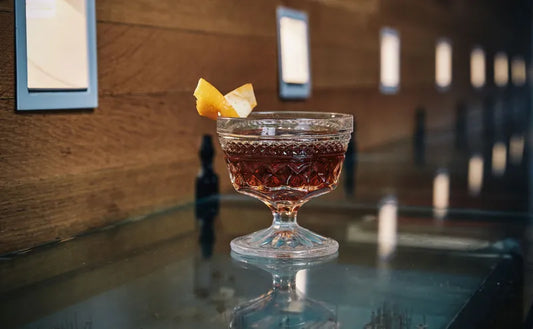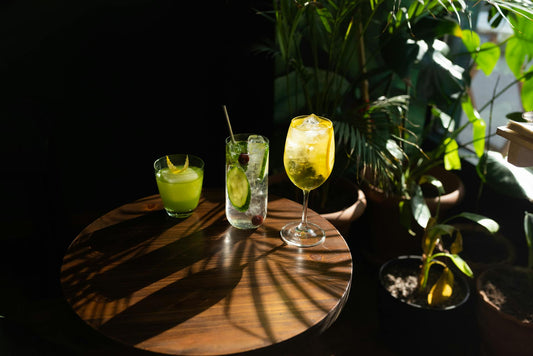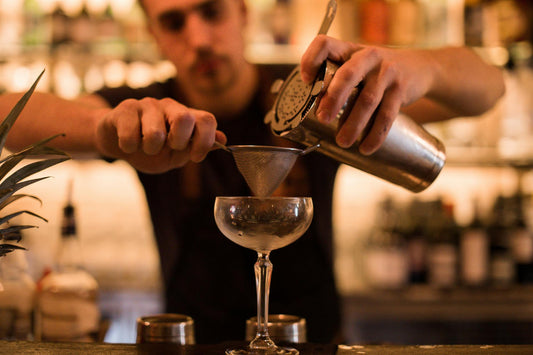Mock Margarita: Refreshing Non-Alcoholic Cocktail Recipe
SWEET to SOUR
(1-10)
STRENGTH
(1-10)
CALORIES
STANDARD
DRINKS
Note: these values are approximate and may vary dependent on the ingredients and brands you use.
More information...
The Mock Margarita is a delightful non-alcoholic twist on the classic margarita, perfect for those who want to enjoy the vibrant flavors of a cocktail without the effects of alcohol. This refreshing drink is ideal for social gatherings, summer parties, or simply as a treat for yourself when you want something zesty and invigorating.
At the heart of the Mock Margarita are its fresh ingredients, which include freshly squeezed lime juice and lemon juice. The use of fresh citrus is crucial, as it provides the drink with a bright and tangy flavor profile that is both refreshing and uplifting. Lime juice, with its sharp acidity, pairs beautifully with the slightly sweeter lemon juice, creating a balanced tartness that is essential for any margarita-inspired drink.
To sweeten the mix, agave syrup is added, which not only enhances the sweetness but also complements the citrus notes with its unique flavor. Agave syrup, derived from the agave plant, is a popular sweetener in many cocktails, especially those inspired by Mexican cuisine. Its smooth, honey-like consistency makes it a perfect match for the tartness of the lime and lemon juices, creating a harmonious blend that dances on the palate.
An interesting twist in the Mock Margarita is the inclusion of a saline solution, which may sound unusual but is a clever addition. The saline solution, made from a simple mixture of sea salt and water, enhances the overall flavor of the drink by bringing out the natural sweetness of the agave syrup and the brightness of the citrus. This technique is often used in culinary applications to elevate flavors, and it works wonders in this cocktail as well. Just a few drops can make a significant difference, adding depth and complexity to the drink.
To finish off this refreshing concoction, Thomas Henry Ginger Beer is used, which adds a spicy effervescence that elevates the Mock Margarita to new heights. The ginger beer not only provides carbonation but also introduces a warm, spicy note that contrasts beautifully with the tartness of the citrus and the sweetness of the agave. This combination creates a multi-layered flavor experience that is both satisfying and refreshing.
The preparation of the Mock Margarita is straightforward yet rewarding. First, an Old-Fashioned glass is selected and pre-chilled to ensure that the drink remains cool and refreshing. A salt rim is prepared, which is a classic touch that adds a savory element to each sip. The ingredients are then shaken with ice, allowing them to chill and combine thoroughly before being strained into the ice-filled glass. The final touch is a lime wedge garnish, which not only adds visual appeal but also provides an extra hint of citrus aroma with every sip.
With a sweetness to sour ratio of 7 out of 10, the Mock Margarita strikes a perfect balance, making it enjoyable for those who prefer a sweeter drink while still appealing to those who appreciate a bit of tartness. At only 150 calories and with 0% alcohol content, it’s a guilt-free indulgence that can be enjoyed by anyone, regardless of their alcohol preferences. Whether you’re hosting a party or simply looking to enjoy a refreshing beverage, the Mock Margarita is a fantastic choice that captures the essence of a classic cocktail without the alcohol.



